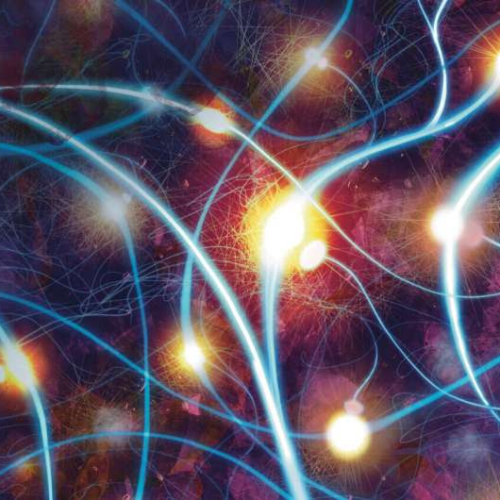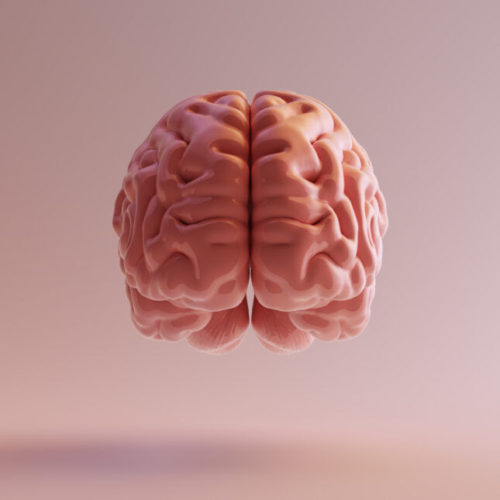September 27, 2024 by Boston University School of Medicine Genetic prion disease generally manifests with cognitive difficulties, poor muscle control and abrupt jerking movements of muscle groups and/or entire limbs. The three major phenotypes of genetic prion disease are genetic Creutzfeldt-Jakob disease (gCJD), fatal familial insomnia (FFI), and Gerstmann-Sträussler-Scheinker (GSS) syndrome. The most common cause...
Tag: <span>Synapses</span>
Scientists discover a potential way to repair synapses damaged in Alzheimer’s disease
by Buck Institute for Research on Aging The art depicts the recovery of the functional plasticity at synapses on neurons despite tau-induced toxicity in the brain. Credit: Larissa BrownWhile newly approved drugs for Alzheimer’s show some promise for slowing the memory-robbing disease, the current treatments fall far short of being effective at regaining memory. What...
Call-and-response circuit tells neurons when to grow synapses
by Salk Institute Astrocytes (green) and neurons (magenta) closely interact in the developing cortex and signal to each other to ensure correct development. Credit: Salk Institute. Brain cells called astrocytes play a key role in helping neurons develop and function properly, but there’s still a lot scientists don’t understand about how astrocytes perform these important jobs....
Using human brain tissue in lab dishes, researchers show herpes link to Alzheimer’s
Asmall 3D version of the human brain develops key features of Alzheimer’s disease when it is infected with a virus that causes cold sores, scientists reported on Wednesday, adding to the evidence that this most common form of dementia can be caused by a common microbe. The new research, published in Science Advances, is the...
Technique can image individual proteins within synapses
Rapid imaging method could help reveal how conditions such as autism affect brain cells MASSACHUSETTS INSTITUTE OF TECHNOLOGY CAMBRIDGE, MA — Our brains contain millions of synapses — the connections that transmit messages from neuron to neuron. Within these synapses are hundreds of different proteins, and dysfunction of these proteins can lead to conditions such...
Identification of a key molecule for the neurotransmitter release in synapses
The contact areas between nerve cells are called synapses. What happens there lies at the heart of communication between nerve cells. Communication starts with the release of chemical messengers known as neurotransmitters at these synapses. Neurotransmitter-containing synaptic vesicles are involved in this release process, and these vesicles fuse with the cell membrane. This fusion occurs...



